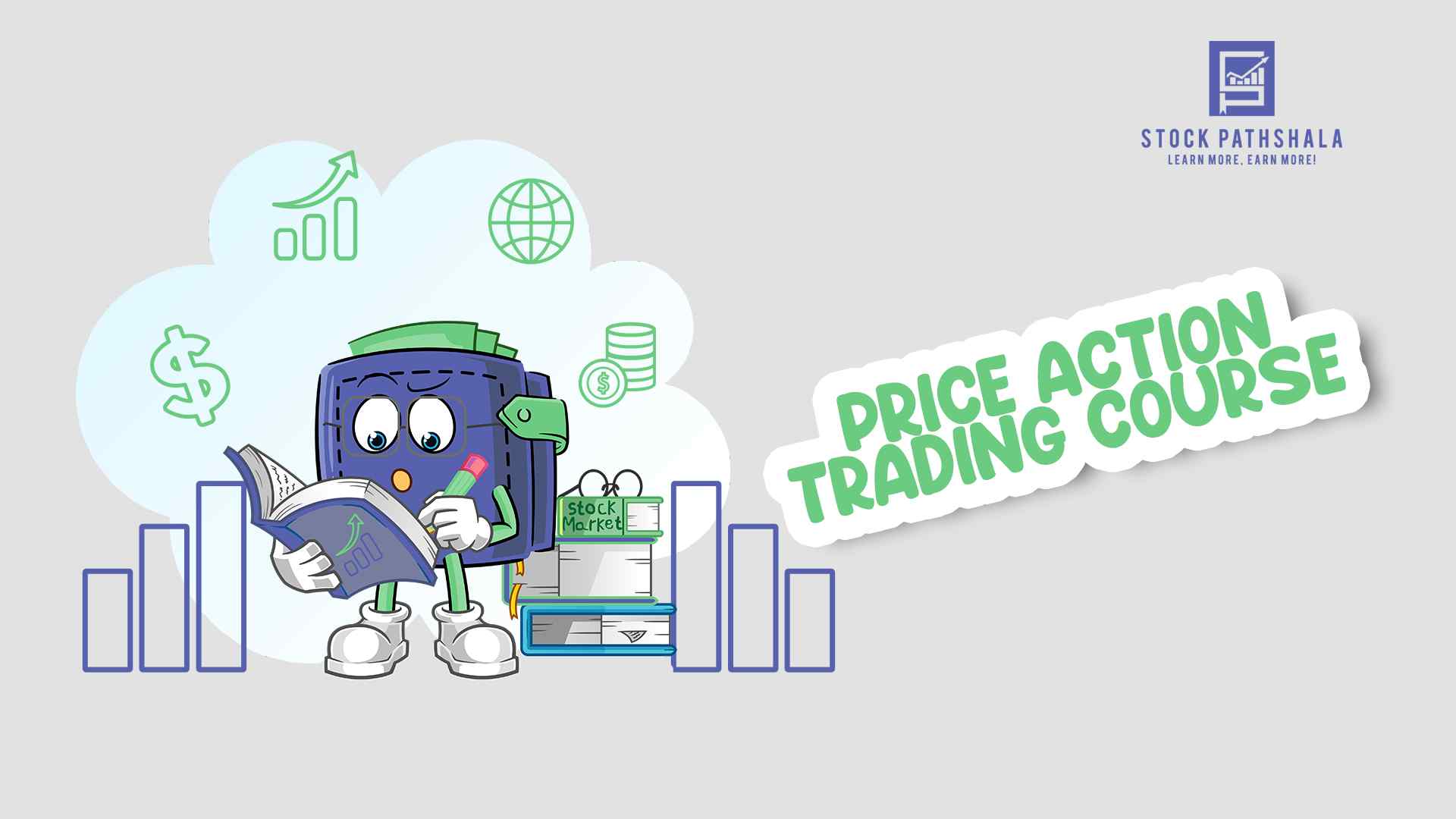Have you just started intraday trading to earn money daily? Wait! Before you begin have you checked, ‘Is intraday trading profitable enough?’
Many new traders enter the market thinking it is a simple buying and selling process. However, the picture is completely different and when it comes to earning profit from intraday trading, one needs to consider many more factors like volatility, market trends, trading setups, discipline in trading, and transaction cost.
How to Make Money from Intraday Trading?
Let’s make it simpler for you by considering some of the important factors that can help you make intraday trading worthy.
As discussed above, intraday trading can be profitable for traders but at the same time comes with risks and challenges. To make intraday trading profitable or say to learn how to earn 1000 rs per day in share market, one must first gain the skill to limit losses in the market.
But here the question comes, How?
Let’s get into the details and know can intraday trading make you rich.

1. Understand the Market
When you buy a car, you first learn to drive it. If not, then you have to hire a driver and give him all the control. Similar goes with intraday trading. If you are entering the market, the first and foremost task is to learn how to trade in the market.
If not, you will end up following other’s setups and tips which could eventually lead to losses only.
Now, if you are serious about trading, then there are different ways to learn and understand the basic and advanced concepts of the market. You can join intraday trading classes, and courses or read books to gain knowledge.
Once the basics are clear you can start intraday with 1000 rupees or less to understand the practical concepts of the market.
2. Take Position Only in Trending Market
If you are aware of how intraday trading works, then it might be clear that even if you start with a small capital, it is important to take a position only in the trending market, i.e. either the stock must break the previous day’s resistance or support.
In such cases, the market can go up or down by a few points and this difference from the current value could be the profit. For example, if the stock is trading at ₹100 and the stock is strongly bullish.
If the stock price rises to ₹105 then you would be making ₹5 profit per share.
However, if the stock is sideways i.e. stock is taking small moves in both directions then you would not be able to make any profit. Hence it is important to identify the market trends using different tools and indicators like trend lines, moving averages, etc before taking a trade position.
3. Stay Away from High Volatile Stocks
Trending stocks are good and so does the volatility but sometimes the volatility is misunderstood by the trader. The volatility of 10% does not mean that the stock will move by 10% in the expected direction.
It means, that stock can move in either direction by 10%. Hence on one side high volatility increases the chance to earn profit but at the same time, it increases the probability of loss as well.
It is therefore recommended not to trade in highly volatile stocks. To make a profit in intraday trading one can choose a stock with an average volatility of 3-4%. This helps them in setting a good target with a low stop-loss value.
4. Choose Liquid Stocks
Next to volatility comes liquidity in stocks. It simply means the volume in which stock is traded in the live market. The higher the liquidity, the more the chances to buy and sell stocks at the market value. This increases the chance of profit as you can easily exit from your position in the market with high supply or demand.
Now, the liquidity in stocks varies from day to day level. To choose the right stock you can use some indicators like VWAP, OBV, etc that give you an idea of increasing and decreasing volume hence liquidity in the market.
5. Define Your Target & Stop Loss
Trade is not only about entering the market at the right price but also to exit. Some traders set targets and avoid seeing the downside in their position expecting a reversal that might hit their target value.
However, they often forget that intraday trading is a one-day game, and therefore it is important to set a defined target to stop losses and follow intraday trading rules strictly to avoid losses.
In all, to earn profit in the market, it is important to define your exit points in either phase of the market. For this it is important to know how much profit is good for intraday trading according to your risk appetite and trading capital invested.
6. Take a Discipline Approach
As mentioned above, trading is more about discipline and following rules rather than just taking positions in the market. For this, one must be aware of the capital he or she wants to invest in the market and avoid making some common mistakes like overtrading, revenge trading, etc.
Also, the trader needs to maintain a record of every trade right from the beginning to avoid the same mistake again and again. Doing this can help you in making your intraday trading profitable.
7. Avoid Options Trading in the Beginning
Intraday trading can be done in equity as well as in options. The only difference in both markets is volatility. Options are highly volatile and as stated above, highly volatile stocks or markets can increase your losses to many fold.
Further, incomplete knowledge can often lead to the wiping of 100% capital of the option buyer.
Give the right start with small capital or practice paper trading where you can start trading without money and learn the practical aspects of how price moves and test your intraday trading strategies.
How is Intraday Profit Calculated?
Now, even if you end up making a profit in the trade, your net position could be in loss. It is therefore important to consider some taxes and fees to calculate the exact profit in intraday trading.
Let’s take an example to understand the same:
Suppose you opened an intraday trading position in ABC stock trading at ₹540 per share by buying 100 shares and closing it at ₹580 per share.
Here the profit per share is ₹40 and the overall gross profit is ₹4000.
Since you used the trading platform of the broker, you had to pay the brokerage fees. Above this, there are SEBI charges, transaction fees, stamp duty, and GST on brokerage.
Considering the total charges to be ₹200.
Here your net profit would be:
=4000-200
=₹3800
Now, consider a situation where your position size is of 10 shares.
Gross Profit= ₹10*40
=₹400
Net Profit= ₹(400-2000
=₹200
On the other hand, if the trade is in loss then the charges and taxes increase your net loss in trading. It is therefore recommended to enter intraday trading only after gaining a proper understanding of the market and with the capital that you can afford to lose.
Conclusion
Intraday trading is a one-day game, you can either make money or lose capital. It is your approach and trading discipline that helps you in making intraday trading profitable.
Now profitable trade does not mean that you will be making 100% profitable trades in the market. It only means that you must create a trading setup that helps you in making maximum trades profitable.
So practice, plan and execute the trade to earn money. To learn from scratch join stock market classes and begin your journey to become a pro trader.
Before investing capital, invest your time in learning Stock Market.
Fill in the basic details below and a callback will be arranged for more information:








